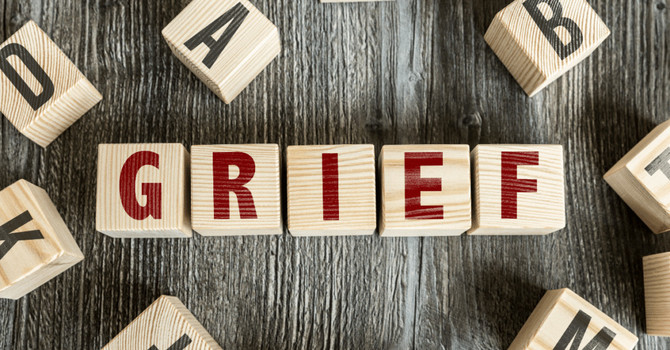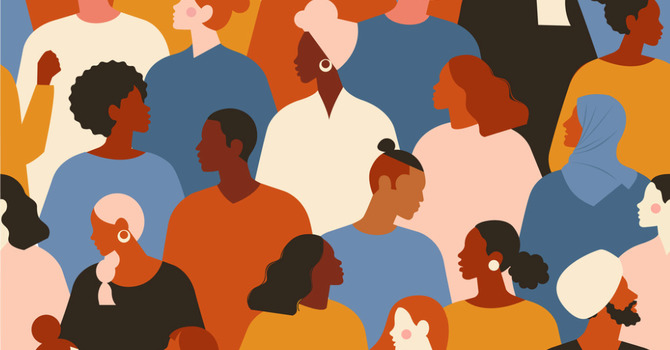
Codependent Relationships and Grief: When Caring Becomes Carrying
At This Thing Called Grief, we often see how patterns of care and attachment become magnified in times of loss. One of the most common — and least discussed — patterns is codependency.
What Is a Codependent Relationship?
A codependent relationship is one in which one or both people rely excessively on the other for emotional stability, identity, or self-worth. It often involves one person assuming the role of caretaker or rescuer, while neglecting their own emotional needs (Morgan, 1991; Wright & Wright, 1999).
Although codependency is not a formal mental-health diagnosis, it remains a useful framework for understanding unbalanced relational dynamics that erode boundaries and autonomy (Dear & Roberts, 2005).
How Codependency Intersects With Grief
Grief can intensify codependent tendencies. When faced with loss, many people unconsciously attempt to maintain connection or control by caring for others instead of processing their own pain (Neimeyer, 2019).
At TTCG, we frequently see:
-
Caretaking as avoidance: Over-functioning to keep busy or manage others’ emotions instead of one’s own.
-
Identity loss: Defining one’s worth through helping or rescuing others.
-
Boundary confusion: Feeling guilty or fearful when asserting personal needs.
-
Emotional fusion: Believing one’s stability depends on another’s well-being.
Why This Matters
When care becomes control or self-erasure, grief work becomes complicated. Research suggests that unresolved attachment wounds and identity disruption can prolong or complicate mourning (Boelen & Klugkist, 2021). Healing begins when individuals learn to differentiate between supporting others and carrying them.
In Practice at TTCG
We guide clients toward:
-
Self-awareness: Recognizing patterns of emotional over-investment.
-
Boundary setting: Learning that saying “no” can be an act of care.
-
Identity reclamation: Exploring who they are beyond caregiving roles.
-
Self-compassion: Allowing their own grief to take up space.
“Sometimes what looks like love is actually fear — fear of being alone, fear of not being needed. Healing means learning to care without losing yourself.” — This Thing Called Grief
References (APA 7th ed.)
Boelen, P. A., & Klugkist, I. G. (2021). Cognitive–behavioral variables mediate the impact of personality on prolonged grief disorder severity. Frontiers in Psychiatry, 12, 737089. https://doi.org/10.3389/fpsyt.2021.737089
Dear, G. E., & Roberts, C. M. (2005). The relationships between codependency and femininity and masculinity. Sex Roles, 52(7–8), 481–489. https://doi.org/10.1007/s11199-005-3714-5
Morgan, J. P. (1991). What is codependency? Journal of Clinical Psychology, 47(5), 720–729. https://doi.org/10.1002/1097-4679(199109)47:5<720::AID-JCLP2270470513>3.0.CO;2-S
Neimeyer, R. A. (2019). Meaning reconstruction in bereavement: Development of a research program. Death Studies, 43(2), 79–91. https://doi.org/10.1080/07481187.2018.1456620
Wright, P. H., & Wright, K. D. (1999). Codependence: A grass-roots construct’s relationship to shame-proneness, low self-esteem, and childhood parentification. American Journal of Family Therapy, 27(1), 63–71. https://doi.org/10.1080/019261899262099

Sam Vander Schelde
Contact Me.jpg)


